Every December, I post some my favorite photos and writings from the year. This year, I was either particularly prolific or particularly bad at narrowing things down. Regardless, I decided to split my “Best of 2018” blog post into two parts so I could include more without making a single overwhelmingly-large post.
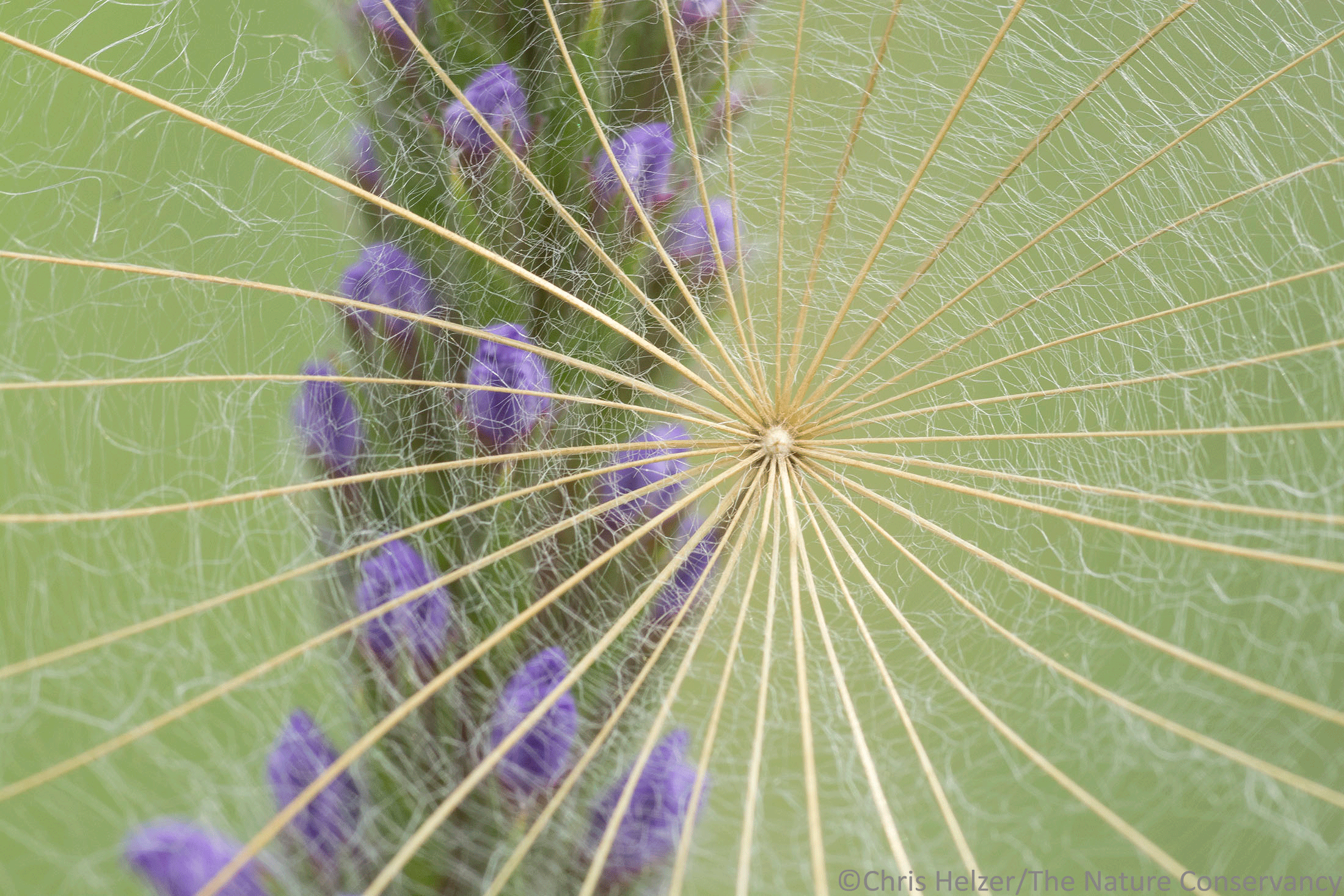
Of course, these “Best of” posts are common across many media platforms this year. It’s fun to look back at previous work. It’s also, of course, nice to take a break from creating NEW content and just recycle old content! So yes, I’m being extra lazy by getting out of creating content twice instead of once. If it makes me (I mean you) feel better, I’ve also been working on a lot of data that should provide fodder for some pithy posts within the next month or two. Maybe that will help make up for my laziness this month.
In Part 1 of this two part series, then, I’m including half of my favorite photos from 2018, along with about half of the posts I thought were most interesting, or at least fun to write this year. That, of course, includes the project that consumed much of my time this year – my square meter photography project. After an initial post in January that described the project, I posted 6 updates throughout the year that summarized activity from the months of May, June, July, August, September, and October. You can also read an encapsulation of the whole project here.

This year, I had a couple posts this year that described the results from a couple simple but informative research projects. The first was really easy, but addressed a question that I’d wondered about for a while – are the insects I find frozen in the top layers of ice on ponds and wetlands alive or dead? I also conducted a second year of data collection on a basic research effort to figure out if the number of flowering stems produced by dotted gayfeather is related to grazing pressure.
I also wrote several natural history profiles, including this one on the secret lives of grasshoppers and this one on the oil beetle, which has larvae that trick bees into taking them home to eat baby bees. Plants weren’t ignored either, as I wrote a post talking about the value of both ironweed and marestail, which are often misunderstood to be pests.
But hey, I’m sure you already read those posts and remember every detail. If that’s the case, here is the first half of my favorite photos from 2018 for your perusal and (hopefully) enjoyment.

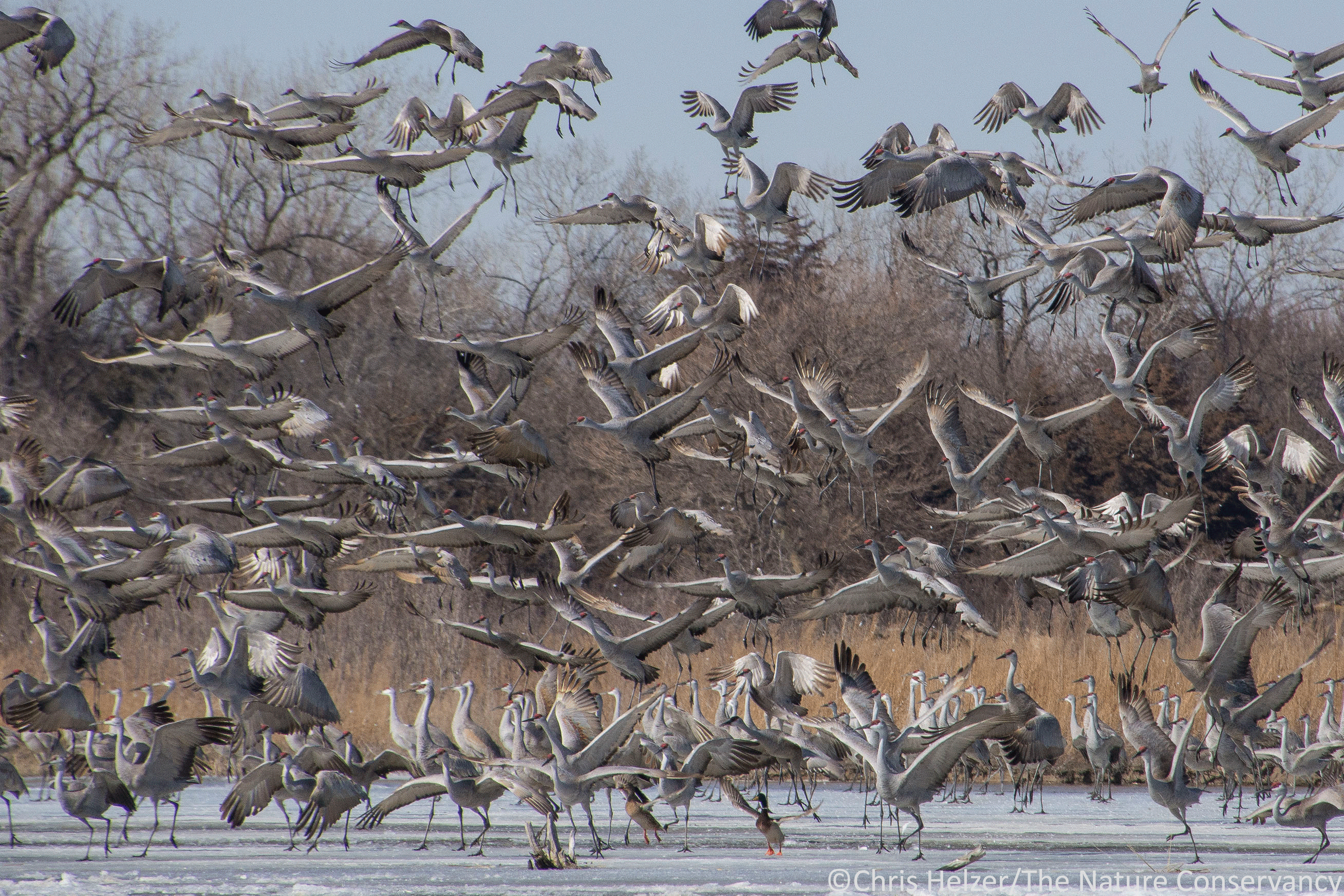
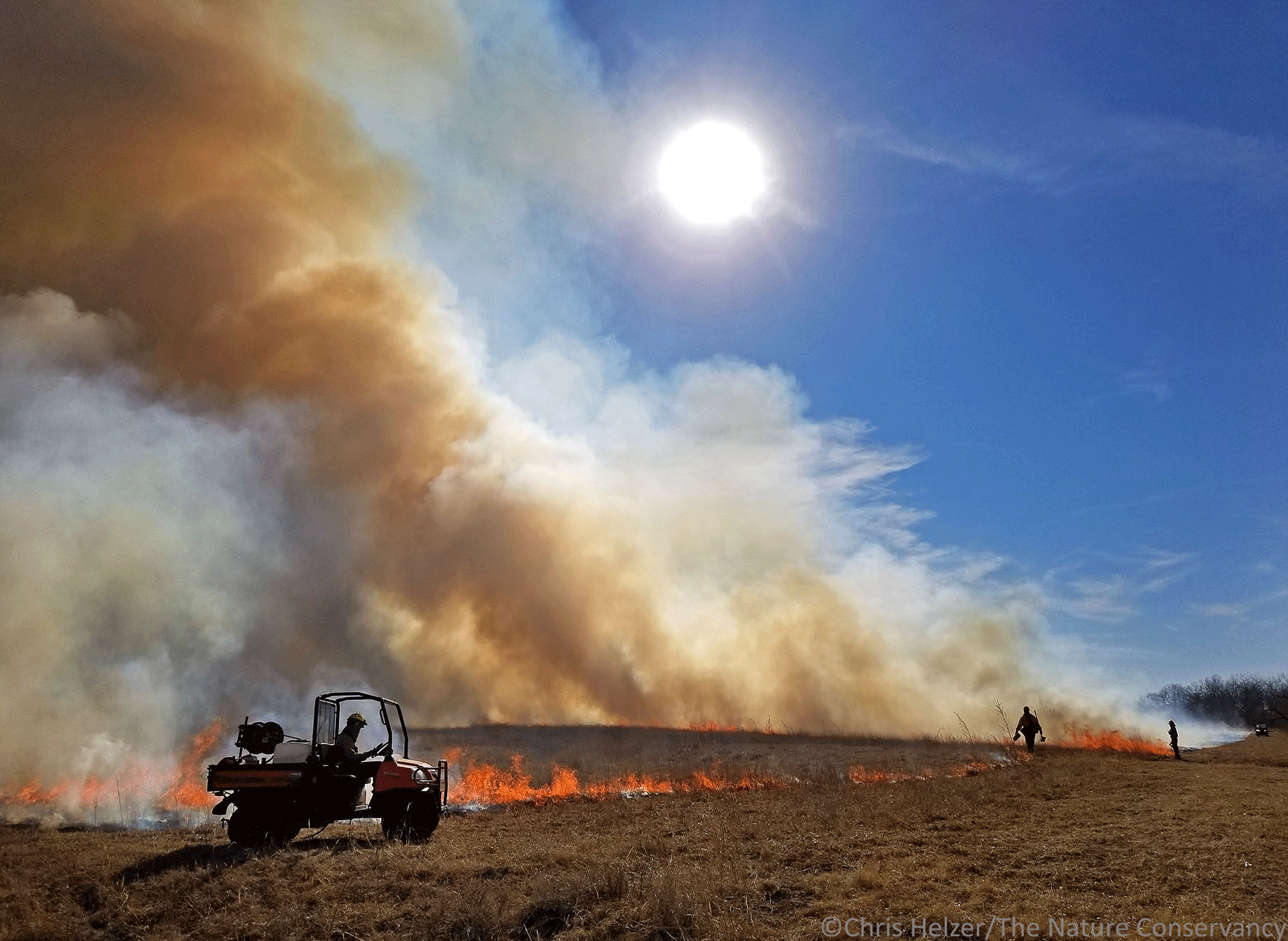
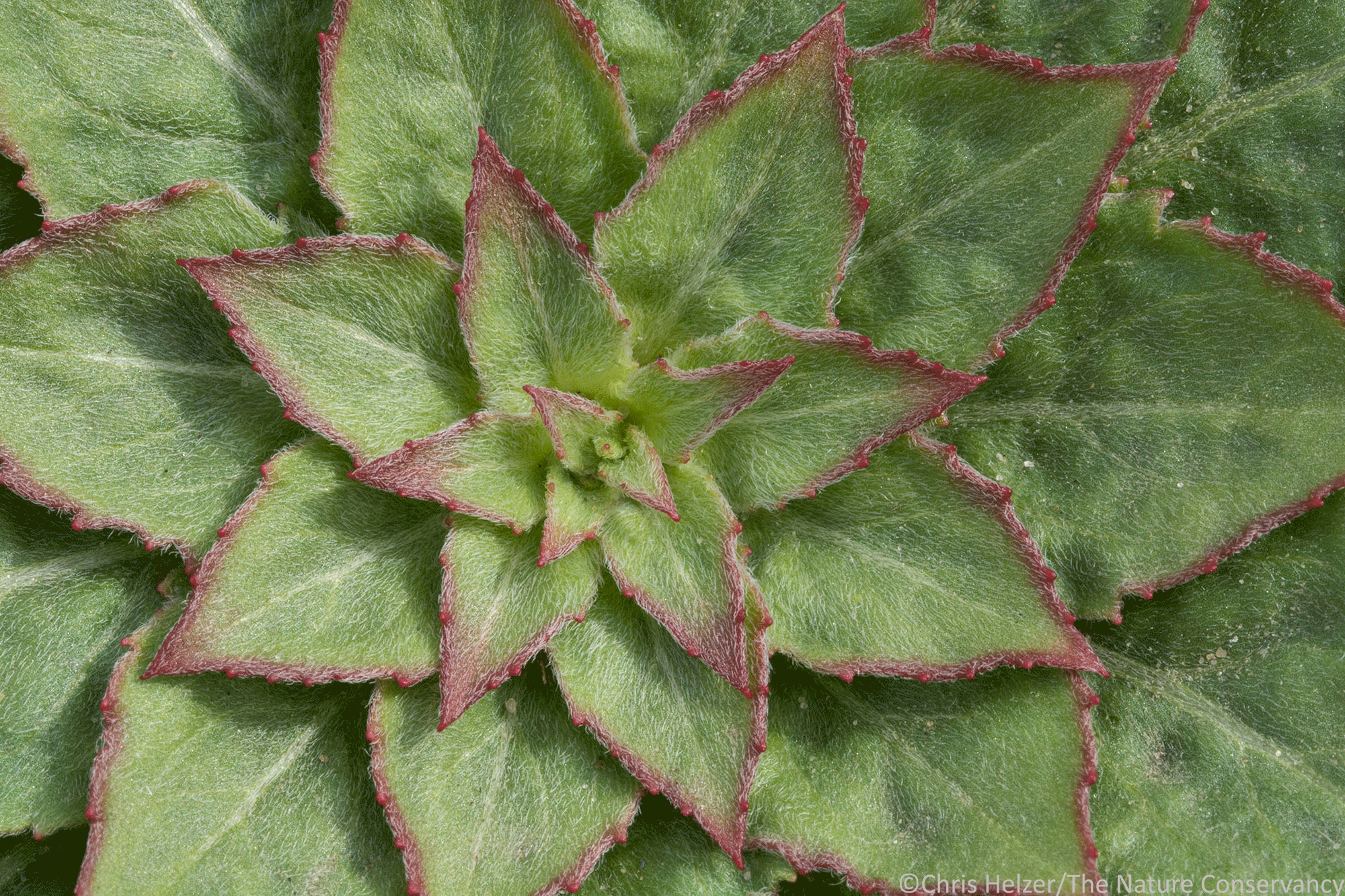

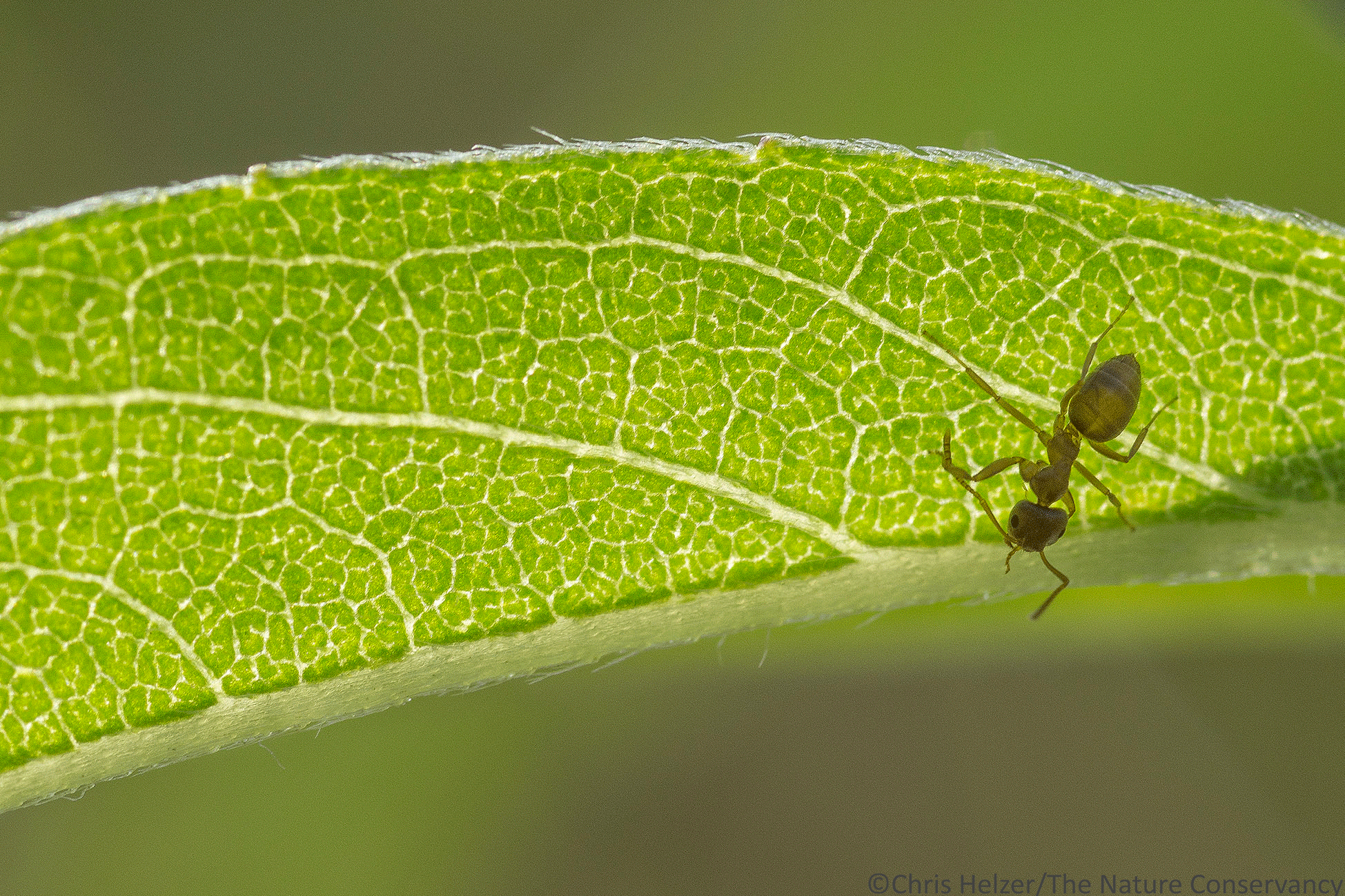

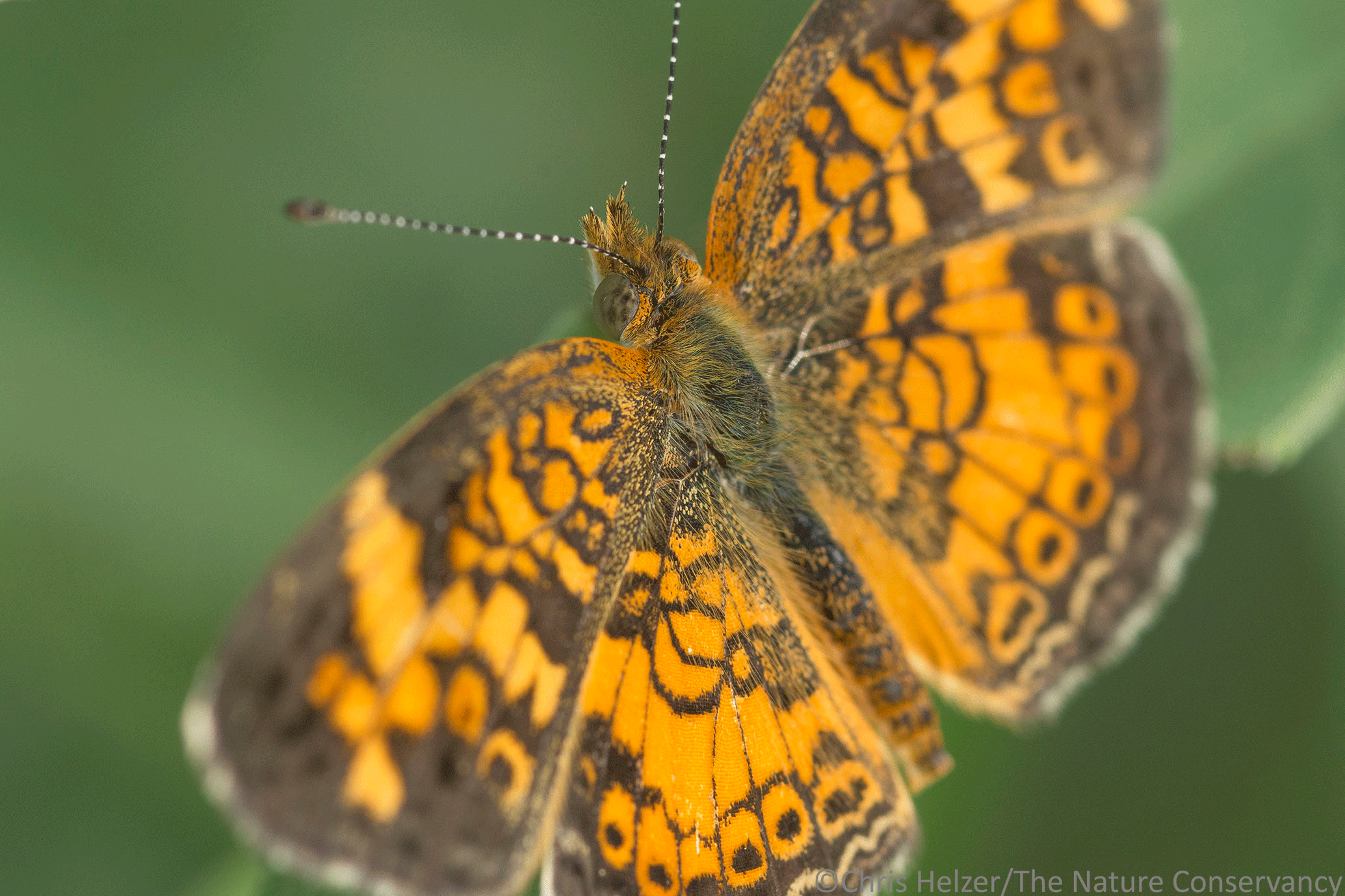
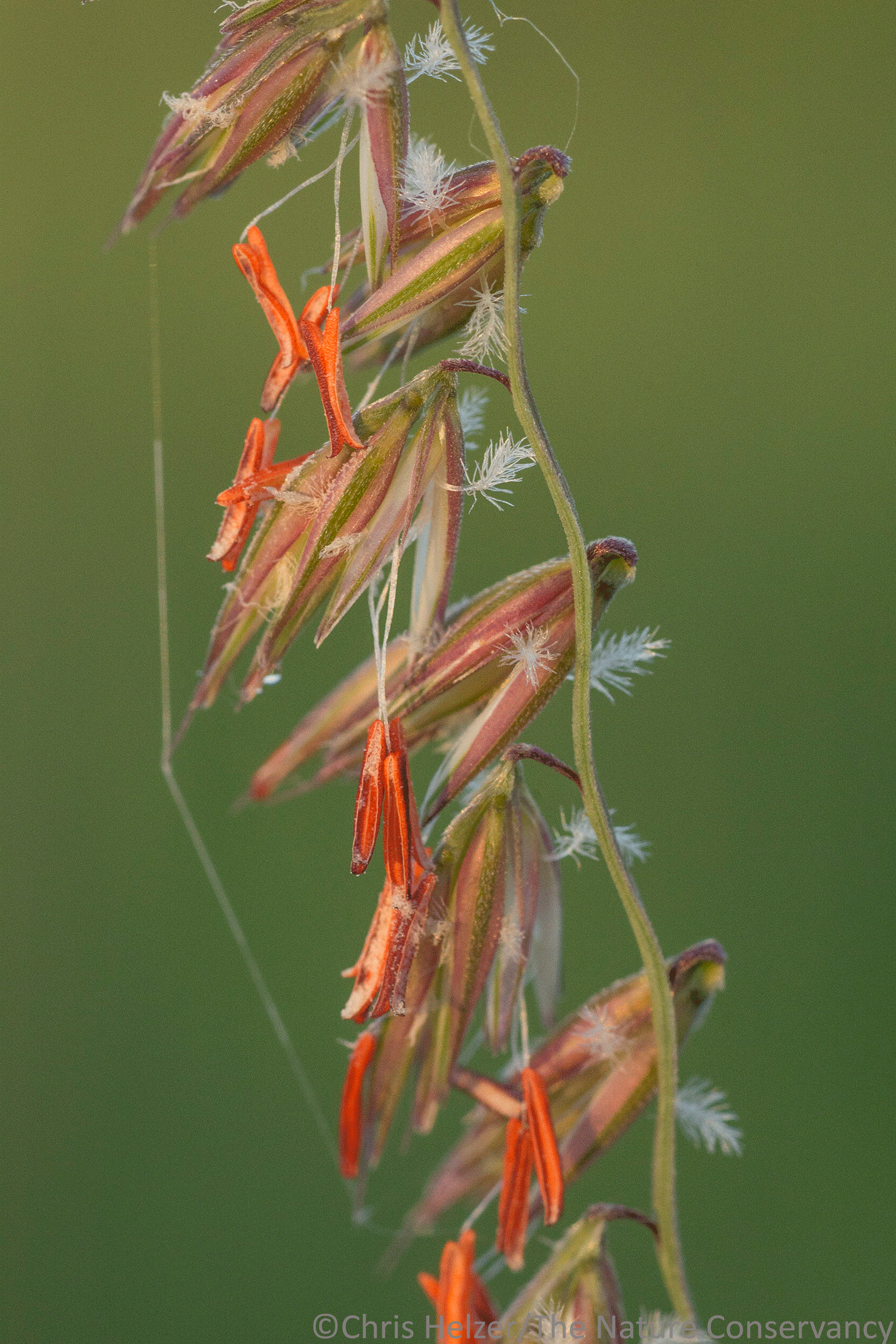


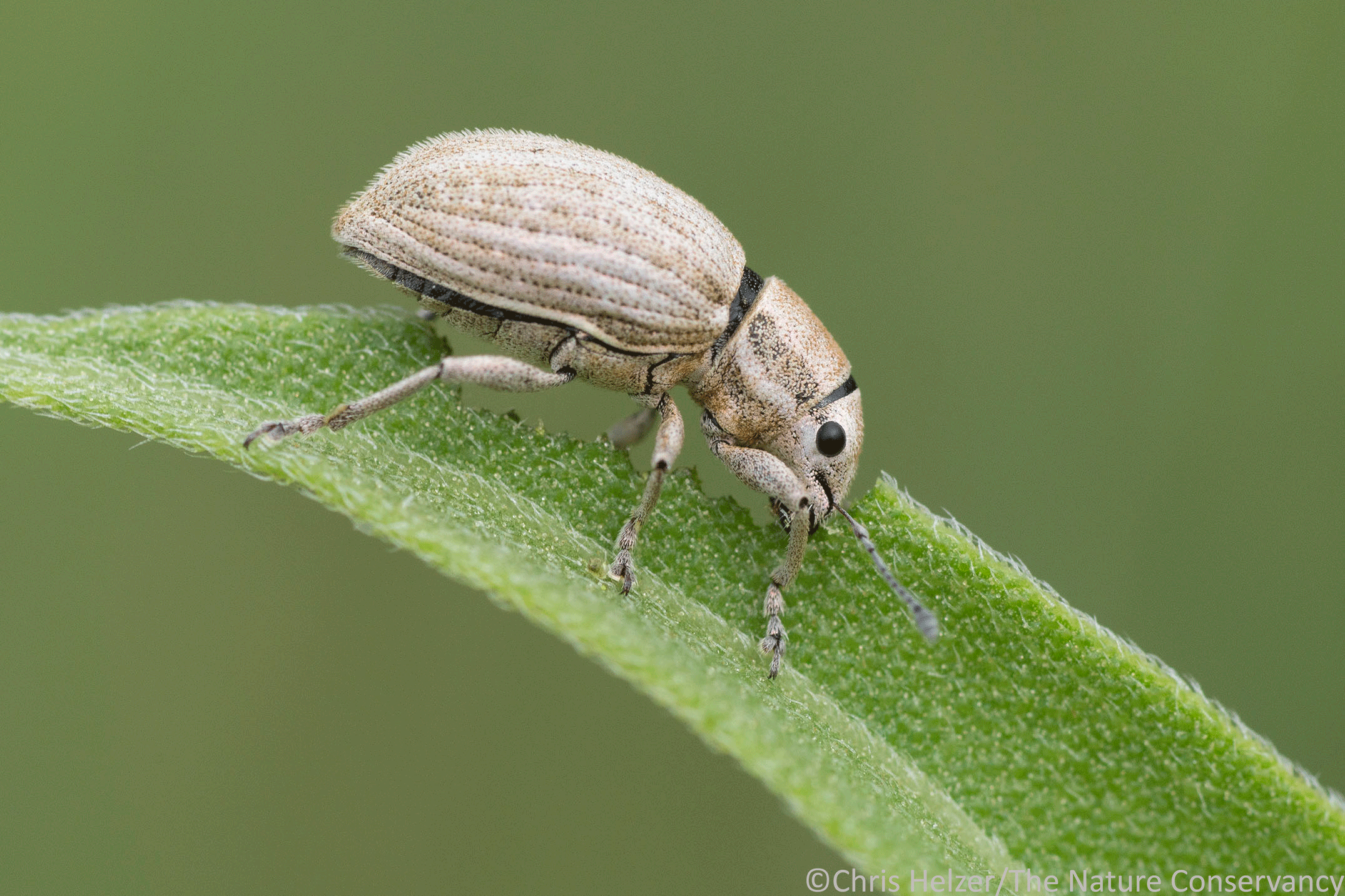
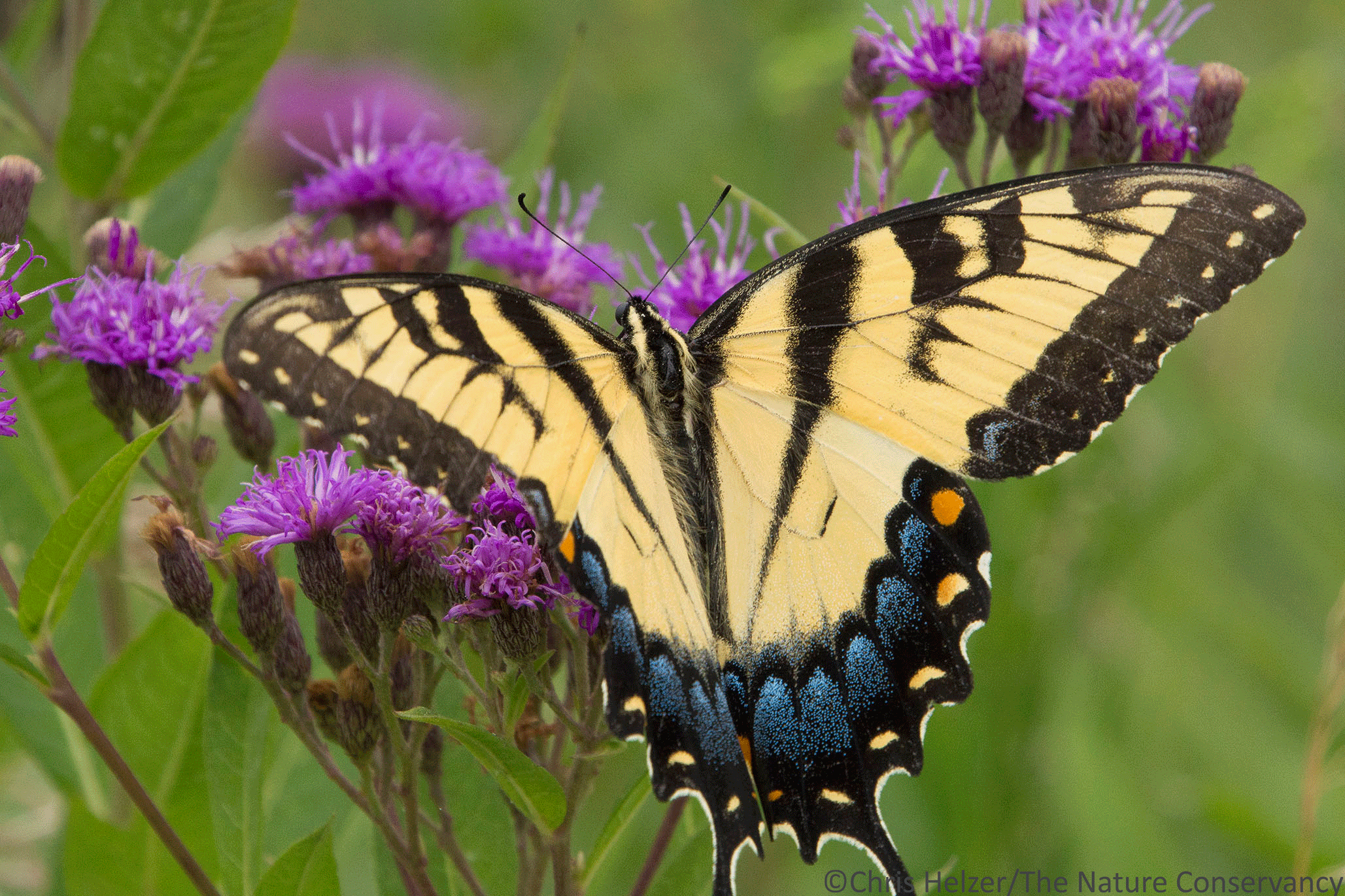





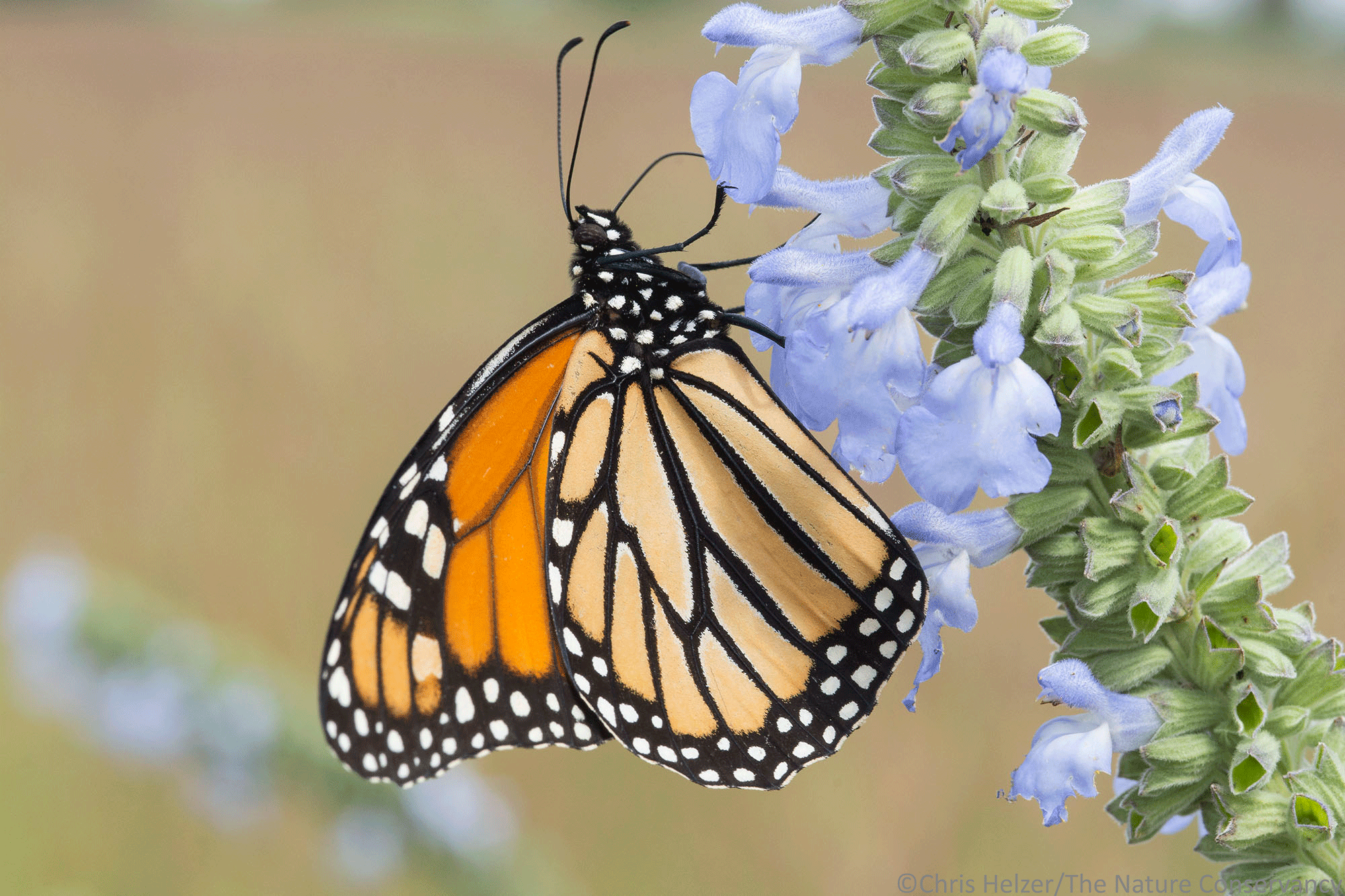
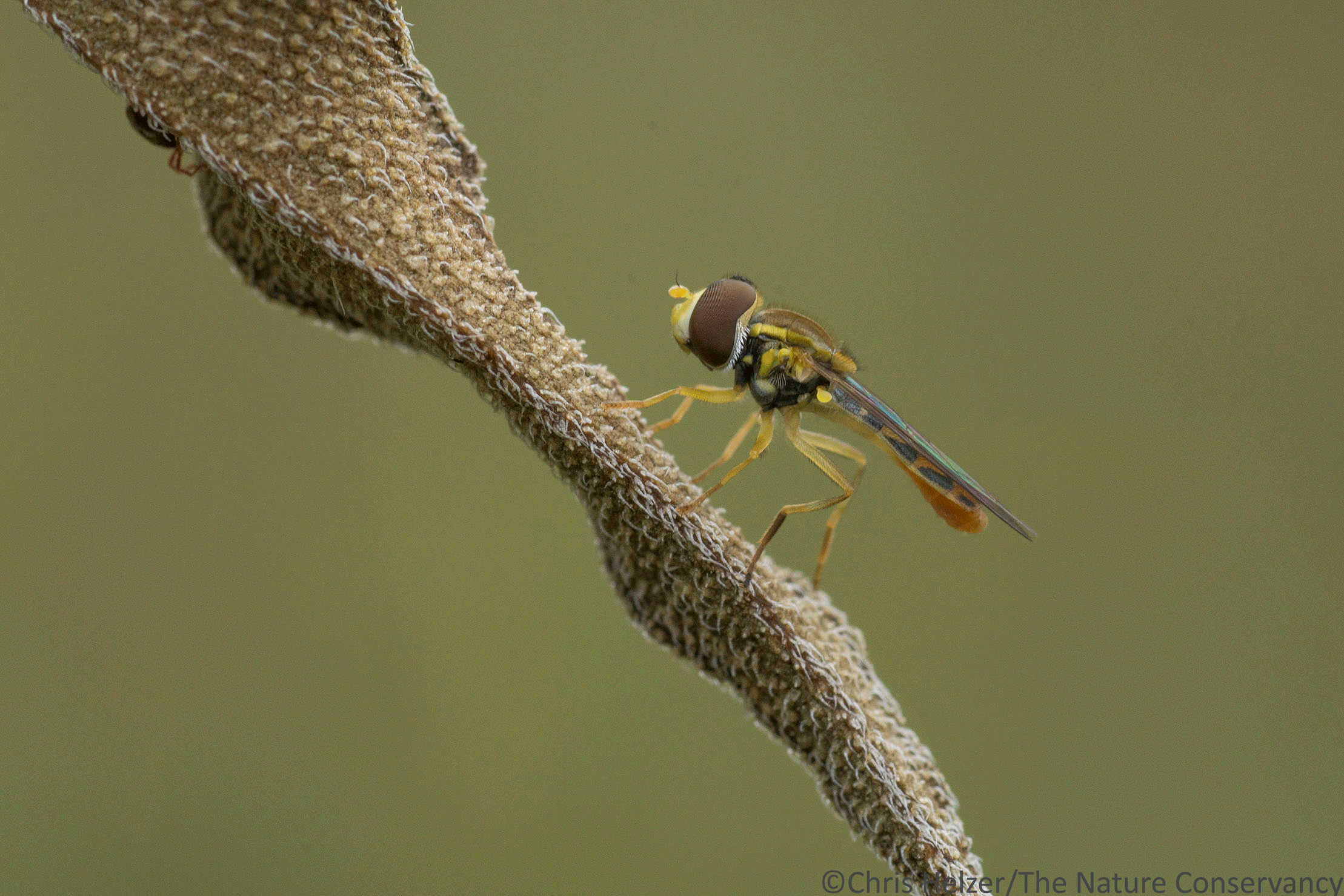





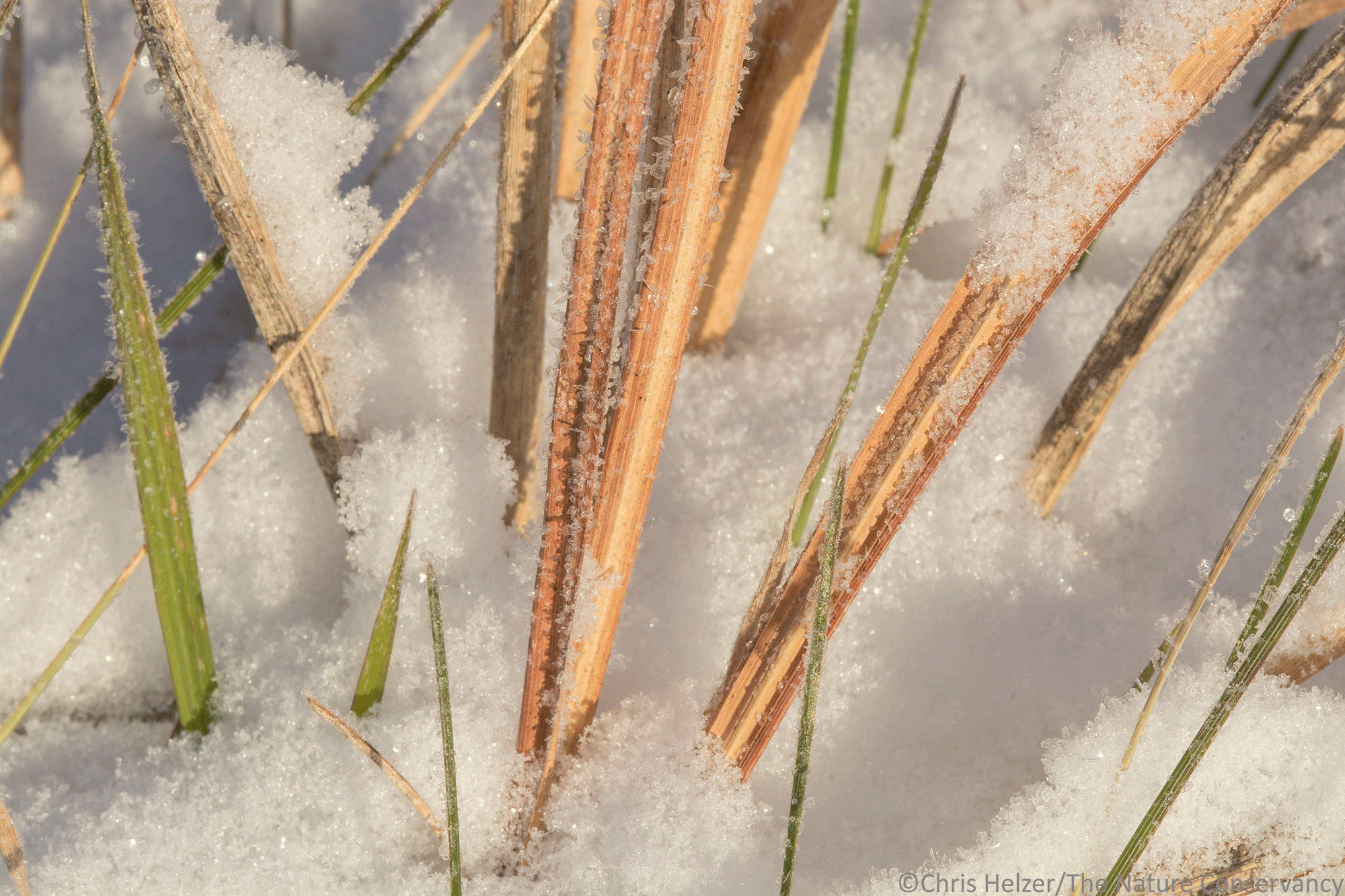
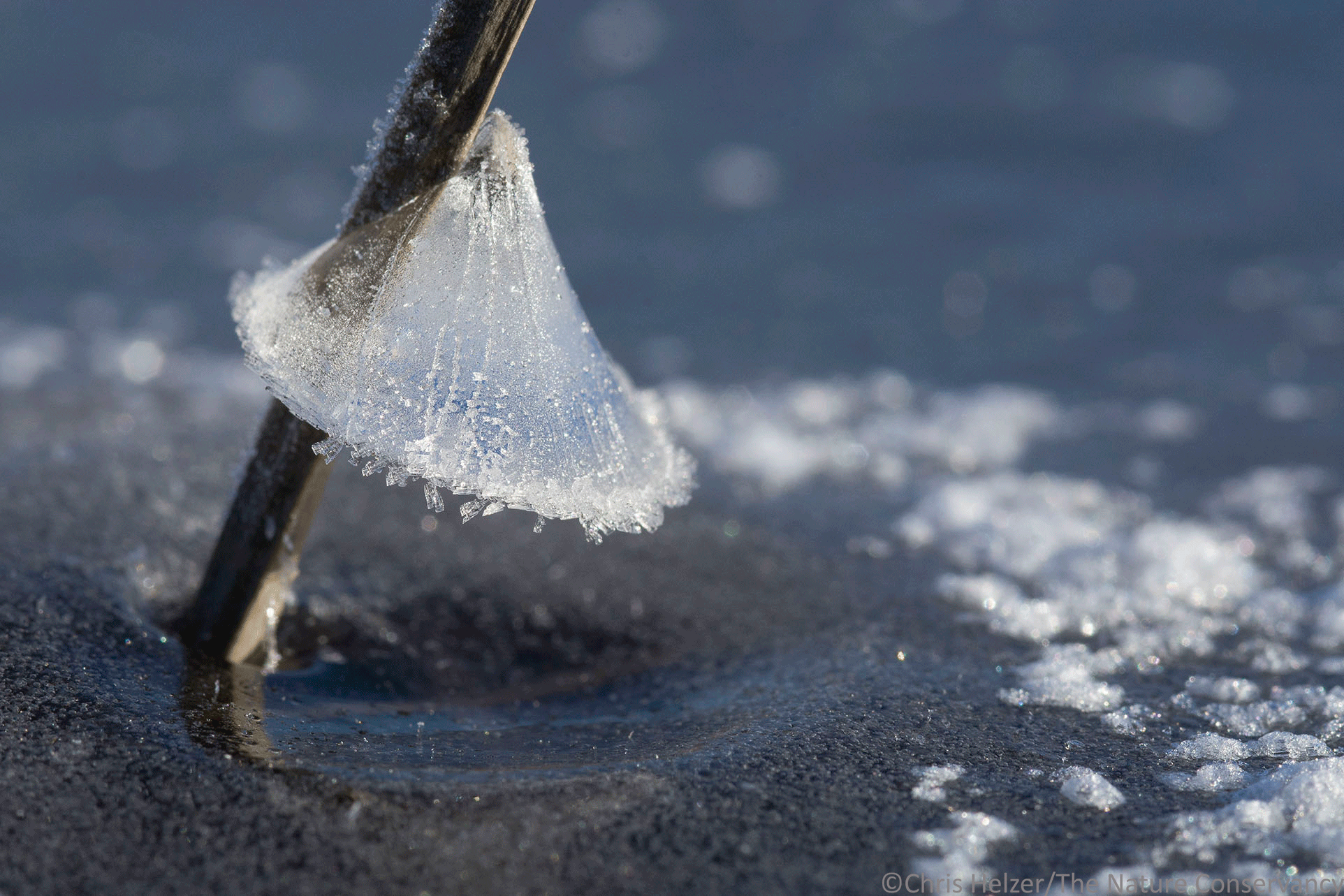

Chris, I love your words and your images. This is a terrific project, and I so look forward to your posts. The collage is also wonderful.You are blessed to be so good at what you do, and to have a job where you get to mix work with pleasure. Thank you for the surprise that arrives in my email. It makes all the nuisance and dreary junk go away.
Eric, that’s incredibly gratifying, thank you!
I love your project and the photographic nature stories!
Great stuff Chris. Really enjoy and appreciate your photography. Have a very Merry Christmas! >
Both the “macro” and “micro” artwork / photographs are wonderful.
In 2018 they provide pictures to a number of readers. These images are not in wide distribution or readily available to Nebraskans in general. This is significant as they document wildlife, land and insect populations that are diminishing and growing extinct. In five years this work may document planetary resources no longer existent.
This (Nebraska) artwork by the Nature Conservancy is stellar. It helps to protect and preserve the streams, rivers, wildlife, insects and plants we all love.
I loved all the pictures, especially the digger bee and the tree frog!
Beautiful work, Chris, but I wish the photos (especially the montage) could be enlarged by clicking on them!
Pingback: Best of 2018 – Part 2 – The Prairie Ecologist
Amazing photos! Sandhill cranes are stunning as they leave the river, heck all the photos are stunning! Hope 2019 is good for you and look forward to following your blog.
https://www.powerequipmentwarehouse.com